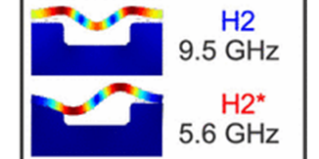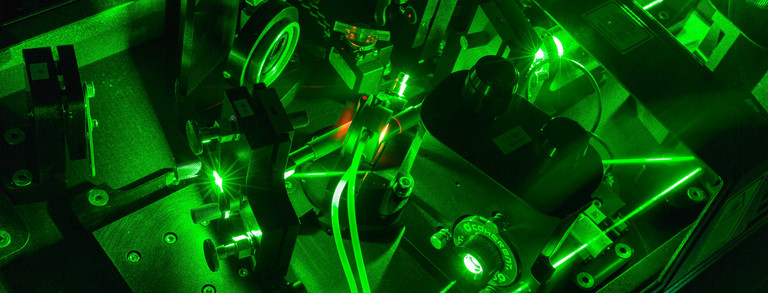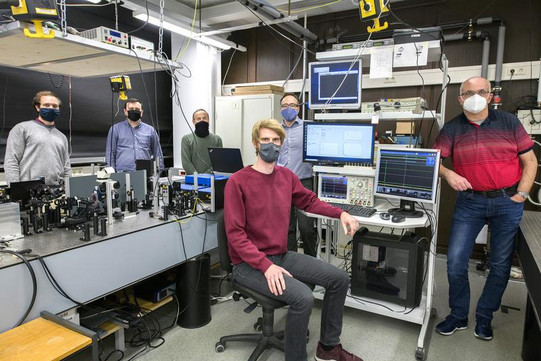
Ultrafast Acoustics
The key elements of our field of research are laser generated acoustic phonon pulses, which are used to alter the optical properties of various sample systems. Usual timescales of such acoustic pulses are in the order of picoseconds and thus carry frequencies up to a few THz. To excite such picosecond phonon pulses we are using the ultrafast acoustics technique. A thin metal film is deposited onto the sample structure. It acts as a photo-acoustic transducer which is excited by high intense femtosecond laser pulses. The optical energy is converted into phonons and consequently a phonon pulse is injected into the sample structure.
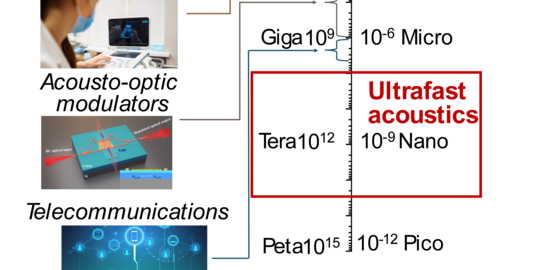
Introduction to ultrafast acoustics
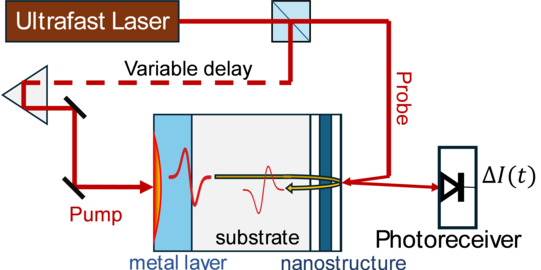
Ultrafast acoustic experiment
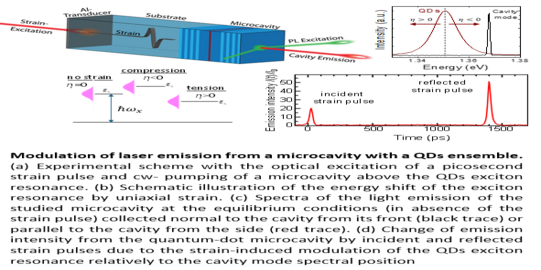
Ultrafast optoacoustics in semiconductor nanostructures
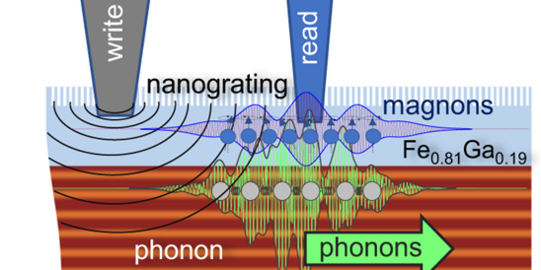
Ultrafast magnetoacoustics
